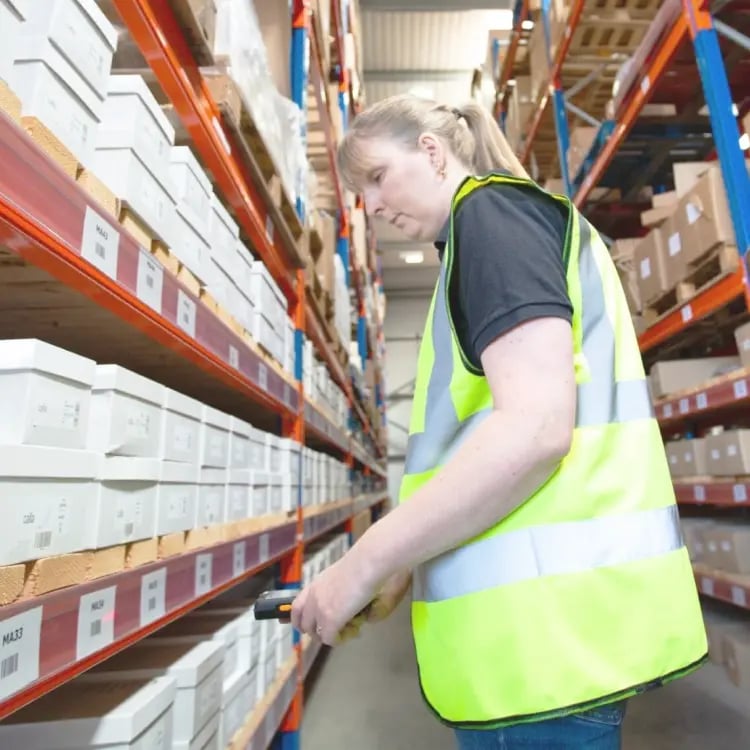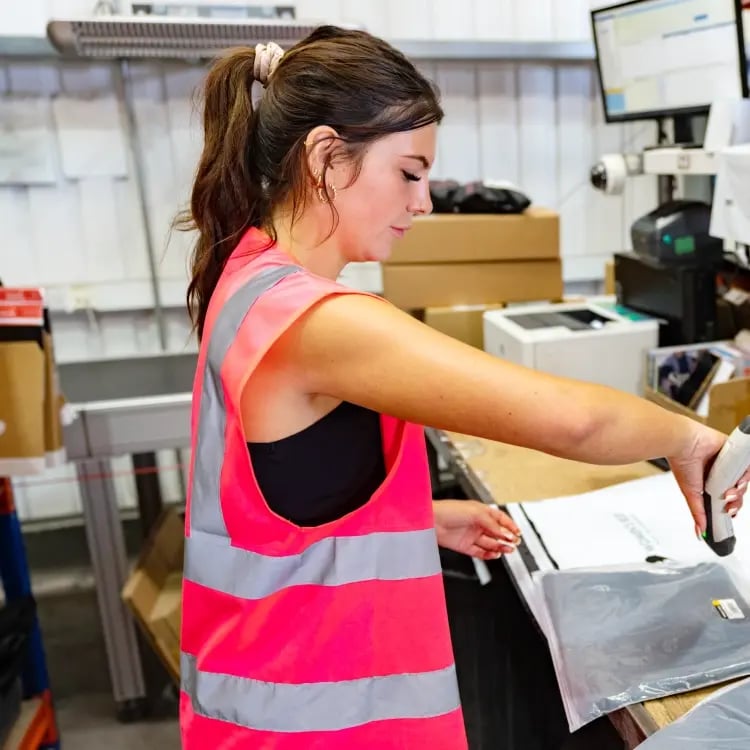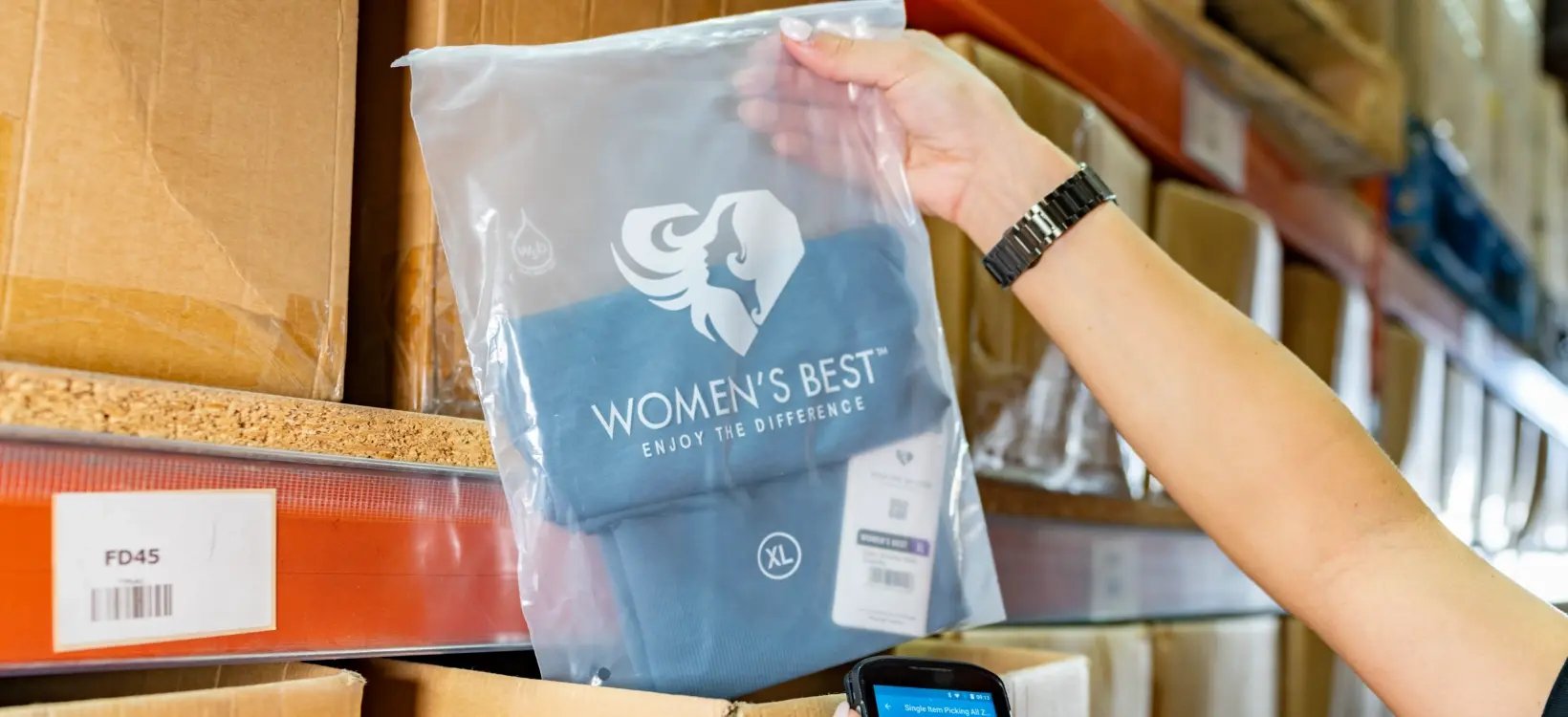Discover the latest global eCommerce trends in the health, lifestyle, and supplements sector. Explore consumer preferences, the impact of COVID-19, and actionable strategies for retailers.
Global eCommerce trends 2024: Clothing, Footwear & Accessories
.jpg?width=300&name=What%E2%80%99s-Next-for-Demand-Forecasting-blog-advert%20(1).jpg)
Download your copy of the Demand Forecasting eBook
Reviewing predictive analytics, AI, and sustainability in inventory management.
Download the eBookLet’s face it, the clothing and footwear sector has always been at the forefront of eCommerce trends and transformation - whether that’s reshaping to fit consumer behaviours and preferences or innovating to meet growing sustainability demands (and not forgetting technological advancements), fashion brands have always been hot off the dress.
And these trends aren’t just some flash-in-the-pan gimmick; expected compound annual growth over the next four years for the fashion industry is a whopping 8.5%. Not to be sniffed at.
With so many huge brands and retailers (such as Nike, Zara, ASOS, and Zalando) seemingly hitting the mark when it comes to staying on trend and setting themselves apart, let’s take a look at some of the key global eCommerce trends in the clothing, footwear, and accessories sector.
Top fashion eCommerce trends 2024
- Clever tech and AI advancements
- Integrating social commerce
- Resale and circular fashion (no, not the shape - the economy)
- Flexible payment models
- Sustainability practices, including ethical products
- Personalising the customer experience
- Blurring the line between digital and physical (phygital - will that ever catch on?)


Consumer preferences and purchasing behaviours: The customer is always right… right?
Today’s consumer wants it all. And why shouldn’t they? From convenience (including same-day delivery), variety, and personalised experiences, they’re getting pretty used to having it all - but the demands are ever-increasing and there’s only so much we can do as brands.
We’ve seen a notable shift towards experiential shopping, driven by augmented reality (AR) and virtual try-on technologies. These innovations enable consumers to visualise how clothing and accessories look and fit, without physically trying them on. Not only is this creating a better, more personalised experience for the customer, it’s also reducing the number of returns.
So although it might feel counterintuitive to invest heavily in this kind of costly, clever tech, it’s generating monetary efficiencies that can’t be argued with. And with ongoing issues with the returns ‘tsunami’, solutions like this can only benefit retailers and consumers.
The rise in popularity of social commerce is also reshaping purchasing behaviour. Platforms like Instagram and TikTok aren’t just channels for sharing content and promoting products anymore, but are also powerful eCommerce platforms. Influencers can easily showcase products and drive sales for brands - with little effort. Direct purchasing through social media simplifies the buying process and shortens the purchase path. Generational changes are affecting how and where we buy. It doesn’t feel dodgy to buy garden furniture through Instagram anymore, especially when your favourite YouTuber backs it.
And consumers are more sustainably conscious than ever before (we’ll touch on this more below). But it’s important to flag in this section, as it’s completely changing their approach to buying - where they purchase, how they purchase, and what they purchase. According to McKinsey, more than 60% of respondents said they’d pay more for a product with sustainable packaging and according to research from Statista, 39% of respondents have chosen brands based on their environmental and sustainable practices.
Several key shifts in consumer behaviour have occurred as a result of growing sustainability concerns:
- Preference for ‘ethical’ brands i.e those that don’t greenwash and actually have fair labour conditions, environmentally friendly manufacturing processes, and transparent supply chains.
- Quality over quantity - we still want stuff, but just less of it and less often.
- Resale and rental - the concept of circular fashion (explained further below), which promotes reuse, recycling, and resale of garments, is gaining traction.
- Origins of purchase - brands that communicate openly about their sustainability efforts and where they source their products from, are far more likely to earn consumer trust and loyalty - especially over those who simply add ‘contains 2% recycled material!’ tags to their clothing.

Demand for sustainable and ethically produced products: Create those all-important warm and fuzzy feelings
The desire for eco-friendly, ethically sourced, and socially responsible products is driving eCommerce trends. And rightly so. Clothing is an essential purchase for many individuals - but we all know it can come with a cost (and not to our wallets). Brands are responding by implementing sustainable practices throughout their supply chains, from sourcing organic materials to using renewable energy and reducing waste.
Circular fashion initiatives, such as clothing rental services and resale platforms, are gaining traction. These models promote the concept of ‘slow fashion’ and contribute to reducing the environmental impact of the industry. For eCommerce businesses, integrating sustainability into their offerings not only meets consumer expectations, but also aligns with corporate social responsibility (CSR) goals.
Consumers also want to know where and how products are made, leading to increased demand for brands that prioritise ethical production practices and fair labour conditions.
But it’s not just products that consumers worry about - it’s also shipping practices and the treatment of warehouse workers. This shift towards circularity reinforces the need for innovative approaches to product design, manufacturing, and distribution. Brands are rethinking traditional supply chains by incorporating practices such as product refurbishment, recycling, and materials repurposing.
As a result, supply chains are becoming more transparent and sustainable, with a greater focus on traceability and accountability. Embracing circular economy principles not only aligns with consumer preferences for eco-friendly products, but also drives efficiencies throughout the supply chain, ultimately contributing to a more resilient and responsible eCommerce ecosystem.
Impact of technological innovations: Why robots taking over might not necessarily be a bad thing
Obviously we’re kidding. But tech does seem to be reshaping the fashion industry, specifically when it comes to eCommerce. Artificial intelligence (AI) and machine learning are being utilised for personalised recommendations, predictive analytics, and inventory management. Not only are these technologies enhancing the overall shopping experience, they’re also providing tailored suggestions based on individual preferences and browsing history. And consumers can’t get enough of it (and neither can we).
Augmented reality (AR) and virtual reality (VR) have both been hot topics in the online fashion world for a few years - but still aren’t as mainstream as you might expect. From revolutionising the way consumers interact with products online, to virtual try-on experiences allowing consumers to visualise clothing and accessories in real-time, these kinds of tech really bridge the gap between online and offline browsing. We’re expecting to see even more brands invest heavily in AR and VR in 2024, especially with the ever-increasing accessibility of Artificial Intelligence (AI).
This brings us to the next point: not only is AI offering transformative ways to personalise and engage with consumers, but it’s also streamlining inventory management and supply chain operations (and we should know - we’re the ones creating the tech!). Predictive analytics algorithms forecast demand accurately, optimising inventory levels and reducing overstock or stockouts. Not only is this a massive bonus for the customer experience, it’s also ideal for achieving that all-important operational efficiency and juicy, juicy cost savings. AI-driven automation completely enhances logistics and fulfilment processes, improving order accuracy and delivery speed.

Final thoughts
Adapting your brand for the future means paying attention to how consumers are changing, the push for sustainability, and the clever new tech out there.
These trends don't just stand alone - they all affect each other. So, it's crucial to embrace them and adjust your strategies accordingly. When you prioritise sustainability, you not only meet what customers want head on, but also make a positive impact on the world.
Using tech, like AI, to personalise the shopping experience and make things run smoother can ultimately boost customer satisfaction. And, finally, understanding how buyers are leaning towards ethical brands and circular fashion helps you connect better with conscious consumers. By weaving these trends into your plans, you can set your brand up for lasting success in the fast-paced world of online fashion.
Looking for more industry insights?
Check out our other recommendations just for you!
See allNow more than ever, consumers are embracing sustainability. Here's 3 ways in which your business can benefit from jumping on the sustainability bandwagon.
Learn more about what products are classed as dangerous goods and how to fulfil them by investigating what pain points you can encounter whilst doing so.





.jpg?width=300&name=Magna-park%20(1).jpg)
 By Alice Davies
By Alice Davies




